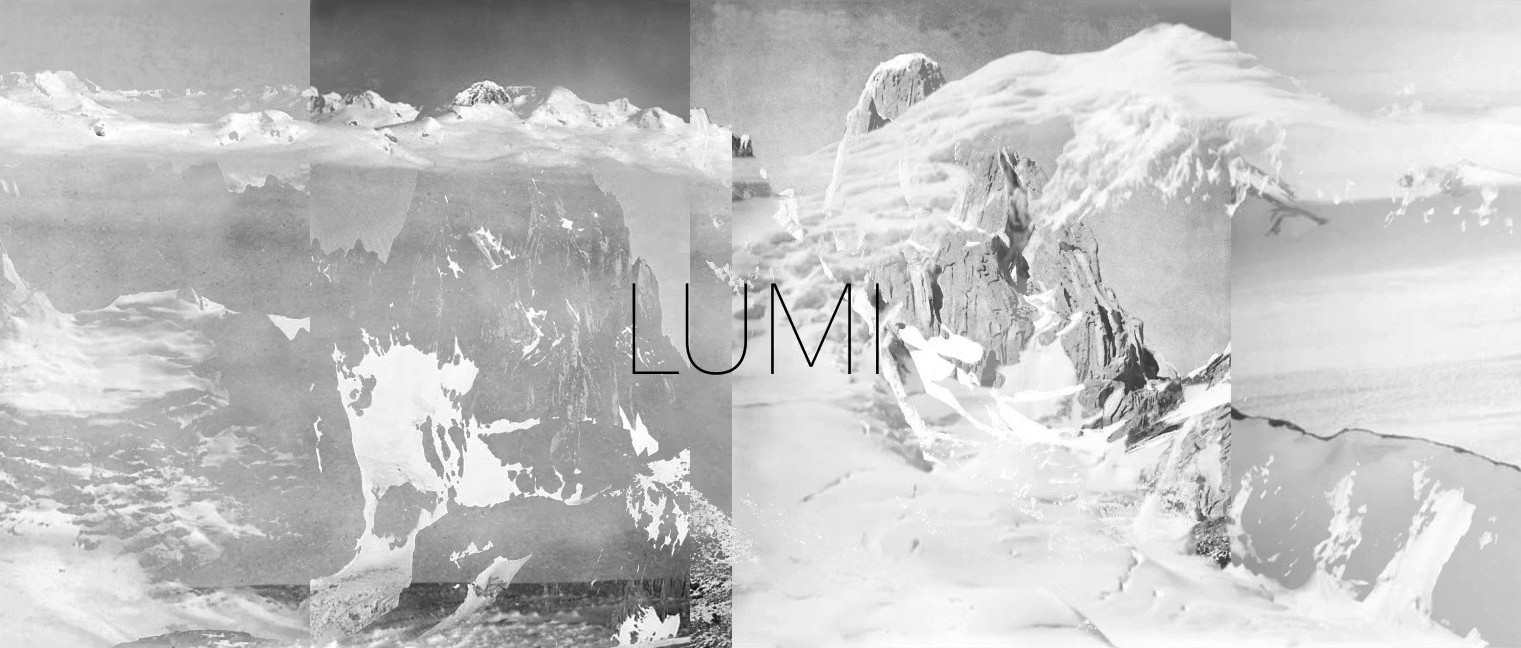Video essay on planetary light featured at the Lisbon Architecture Triennale
October 02, 2025

The website of the Faculty of Arts of Aarhus University features this interview to Jussi on our collaboration around Lumi:
Jussi Parikka, professor of Digital Design and Information Science, together with his collaborator, artist Abelardo Gil-Fourniers, participates in the official exhibition of the Lisbon Architecture Triennale with their video essay “Lumi”, which means snow in Finnish. The large video installation stems from the research project Design and Aesthetics for Environmental Data, led by Jussi Parikka, and explores planetary light, climate change, and transformed landscapes.
How did the project “Design and Aesthetics for Environmental Data” come about and how can environmental data be an important tool in our current biodiversity and climate crisis?
- The project dates back to 2022 when I started my professorship at Aarhus University. I wanted to build a project that focuses on environmental data and its importance for understanding the multiple scales of climate change but also other environmental topics. However, instead of data science, I was interested in how questions of space, architecture, and landscape are important in this regard; where is environmental data collected, how it transforms our understanding of planetary space from data centres and their environmental impact to questions of for example energy infrastructures. I am really glad that AUFF funded this cross-disciplinary take on data and sustainability.
What is the story Behind “Lumi” and what do you hope it makes people reflect upon?
- So Lumi is a collaboration with artist Abelardo Gil-Fournier - we have worked for several years together and our co-authored book Living Surfaces was just published recently by MIT Press. Lumi is a sort of a spin-off from the book and instead of being a “traditional” academic output, it is a creative video essay about planetary light. The short narrative is a of cli-fi (climate fiction) story of a future artificial intelligence who is tasked to recreate the planet’s disappeared ice and snow surfaces. They scan through old photographic archives as part of reconstructing how the planet was still in the 19th and 20th century. For us, it is not only a commentary on climate change and for example the albedo effect (light reflecting. back to space instead of being absorped by dark surfaces, accelerating global warming). It is also a way to look at landscapes that have been transformed because of this change as part of the radical resurfacing of the planet since the industrial period. We literally live in a different light and heat than in earlier epochs. So the story is a bit about history of photography, a bit on history of science, and a lot about speculative methods from architecture and design to aesthetics.
Fun little anecdote to add: Lumi is “snow” in Finnish. I’ve lived outside Finland for 20 years and gradually again grown fascinated with the Northern dimension of climate change - and of course, geopolitics.
What do you and Abelardo Gil-Fourniers think about being invited to the Lisbon Architecture Triennial?
- We are really happy about being able to show our work in an architecture context! The theme of the Triennial is “How Heavy is a City” and you can already see the themes of sustainability that are central to many of the contributions. Ours plays nicely with this theme of “light” and “lighter” in view of environmental footprint of urbanism. I’ve presented on our project and the topic at various architecture contexts and schools over the past year or two and currently working with the Architecture Exchange on a book on “How Machine See Architecture”.
Lisbon Architecture Triennial runs from october 2nd to december 28th 2025.